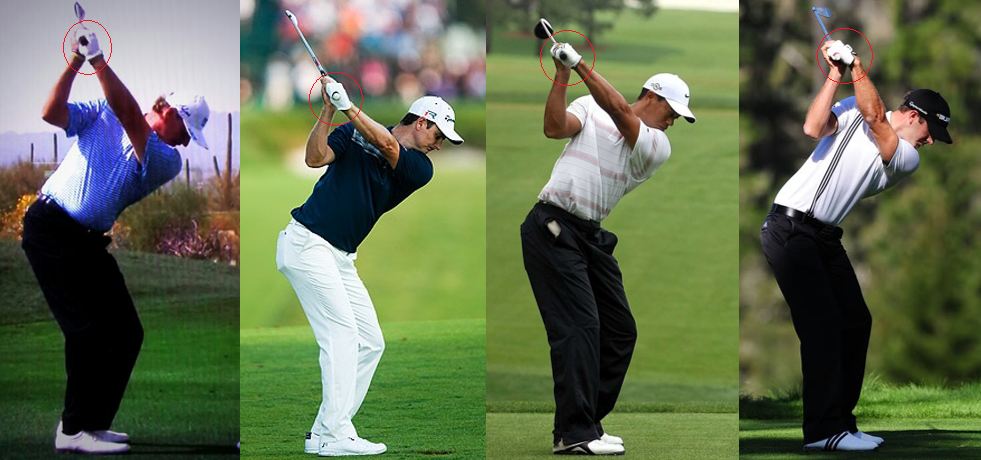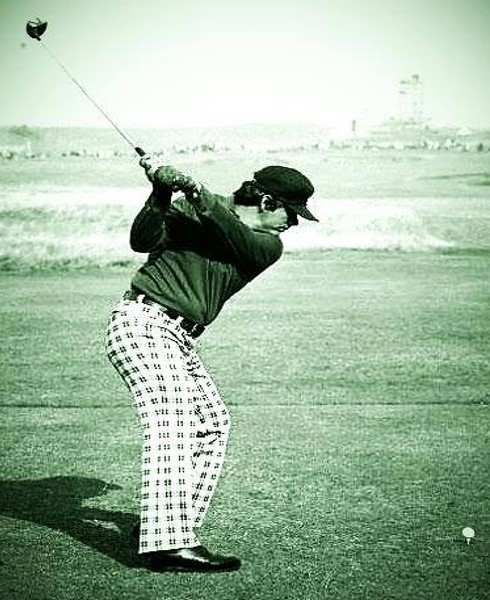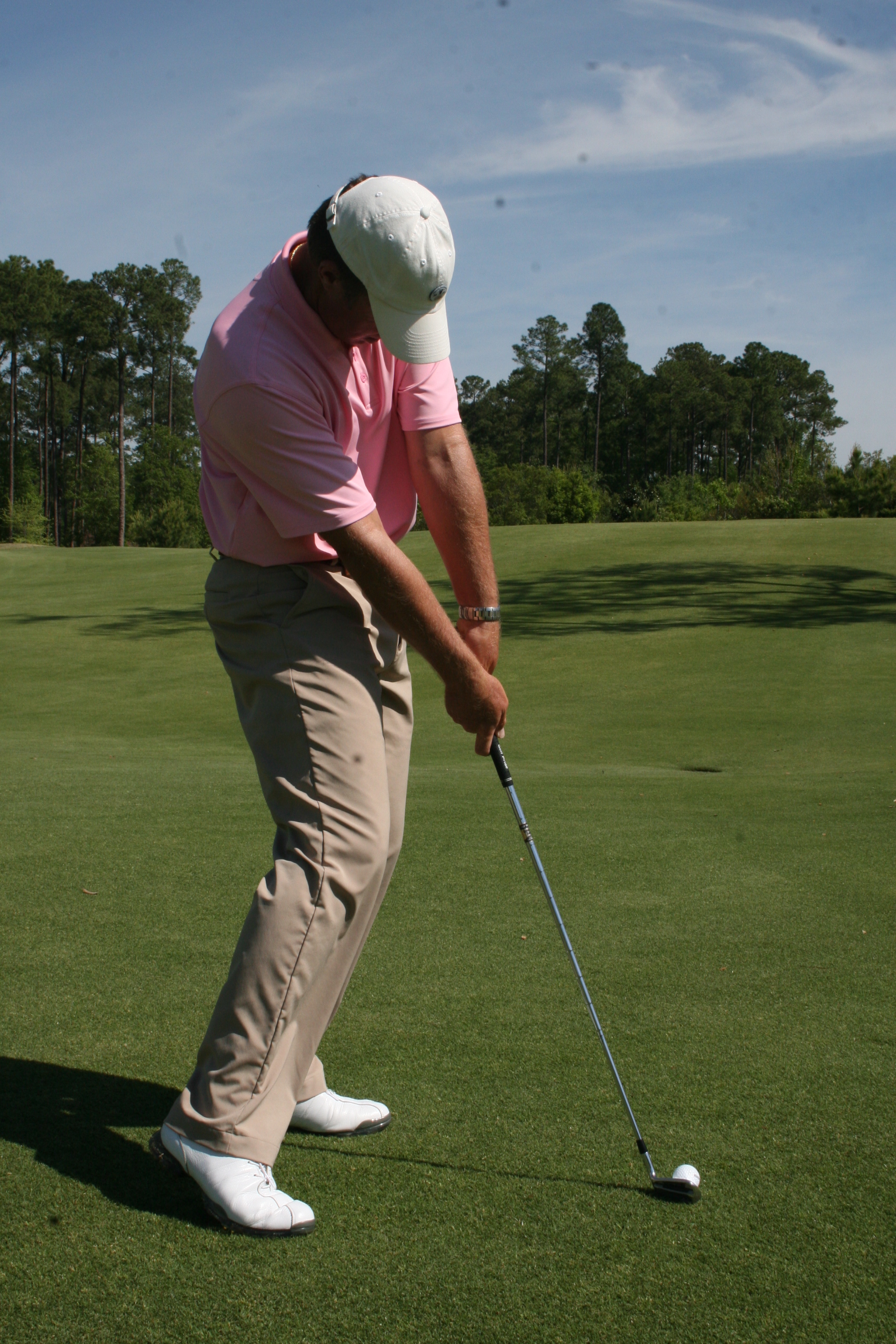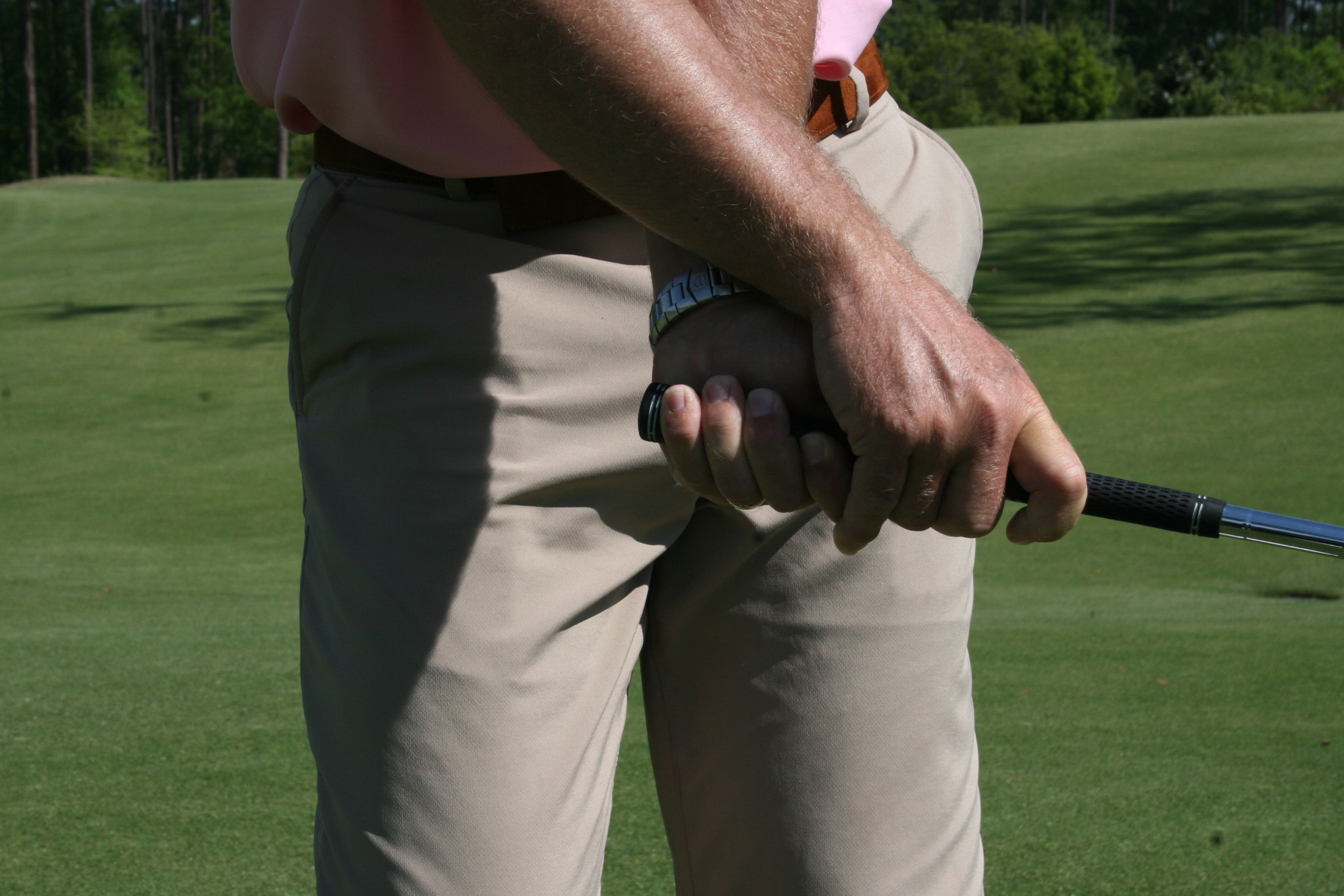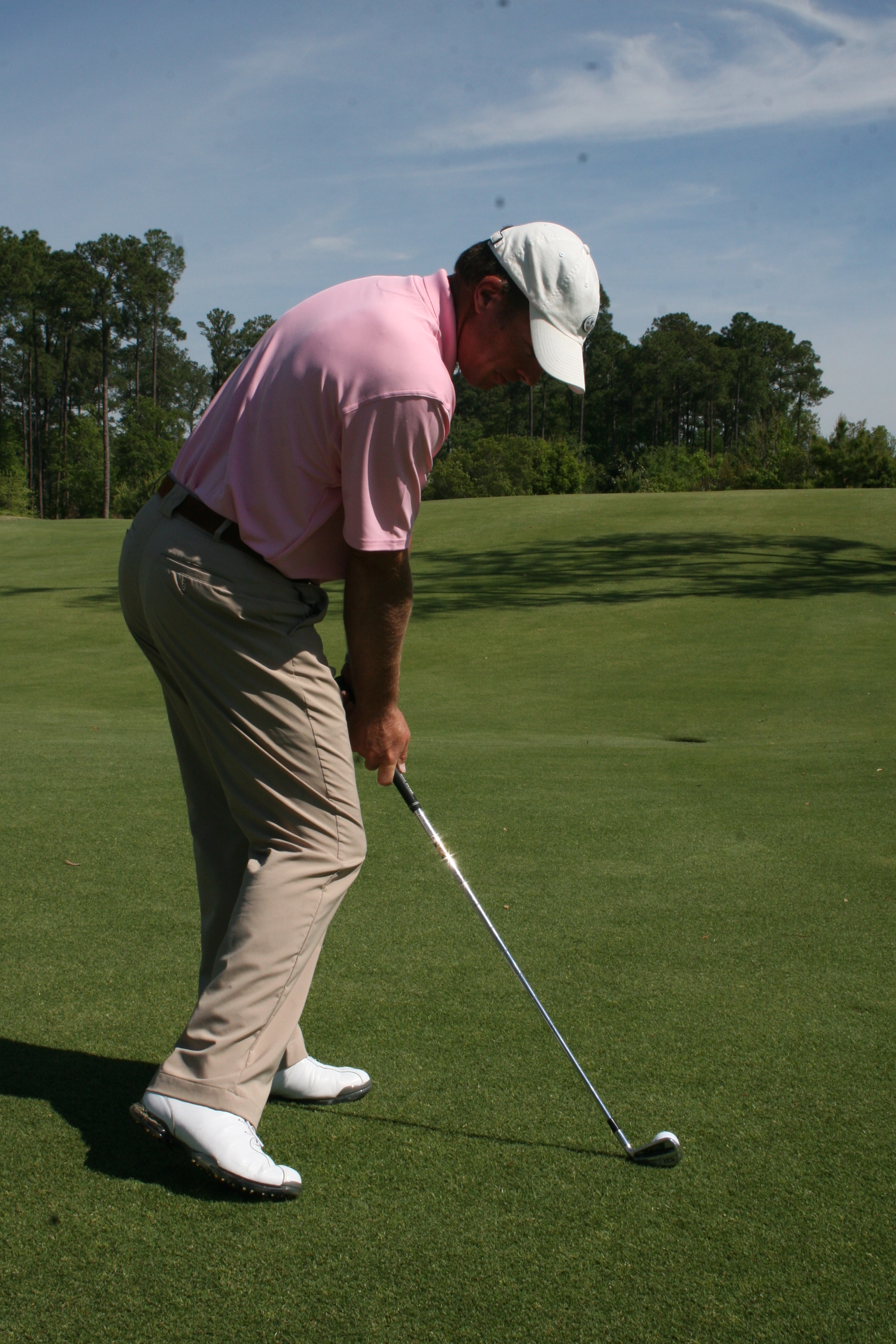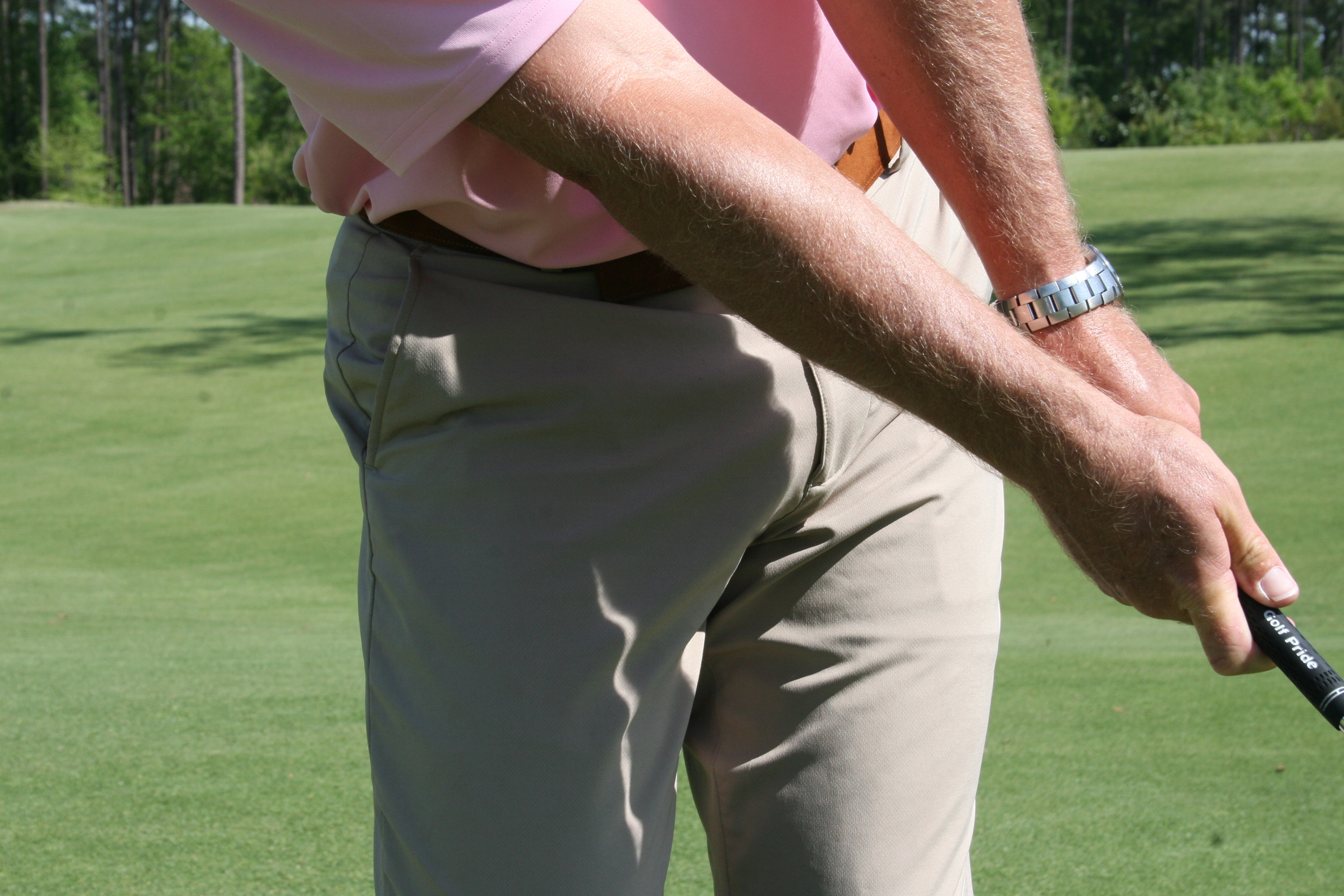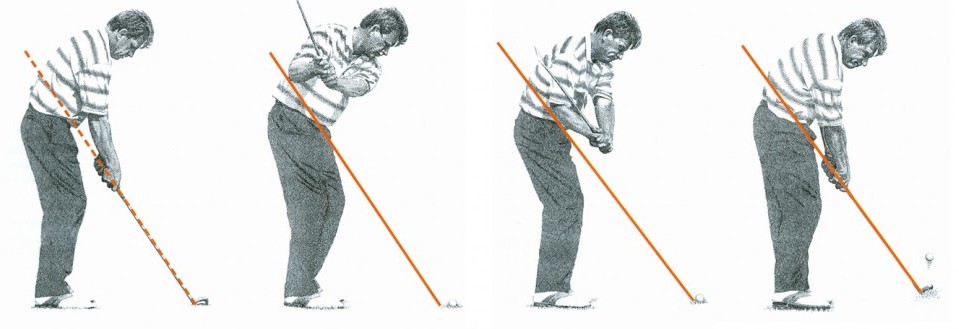The Importance of Wrist Angles
/I believe that for years I have misunderstood the importance of wrist angles throughout the golf swing. The most important part of any golf swing is the players ability to manage the face angle relative to the club path and wrists are integral in positioning the clubface properly throughout the swing.
I have come to realize that wrist angles are more important than grip position/angles. I see far too many golfers with very strong grips who slice the golf ball! If you'd like to hit draws (and you should) then you need the clubface closed relative to the path and a bowed lead wrist throughout the swing will do wonders in enabling you to hit those lovely, baby draws.
If you study the above photograph you'll see four very different, and very functional, looks regarding wrist angle at the top of the backswing. Due to the fact that most golfers slice the ball I would encourage all slicers and faders to work towards emulating Dustin Johnson (far right) in their practice. I'm not saying that with a bowed left wrist you are guaranteed to hit draws, but it does allow for functional options regarding shot shape.
Here is a helpful video I filmed on recent trip with my friend in Ireland, Stephen Ennis from Balcarrick GC.....
I love this from my friend Joe Mayo (@TrackManMaestro):
"When one embraces the idea that a functional face to path relationship is the bottom line of the golf swing, it allows them to let go of positional golf instruction and the veil of confusion of how great swings of the past and present actually work is lifted."
The golf swing really does not have to have a certain appearance in order to function - it simply needs a predictable face to path relationship. And the wrist angles are vital in managing this relationship.
Thanks for reading! If you're looking to experience a little sunshine in the cold northern hemisphere winters check THIS out.


